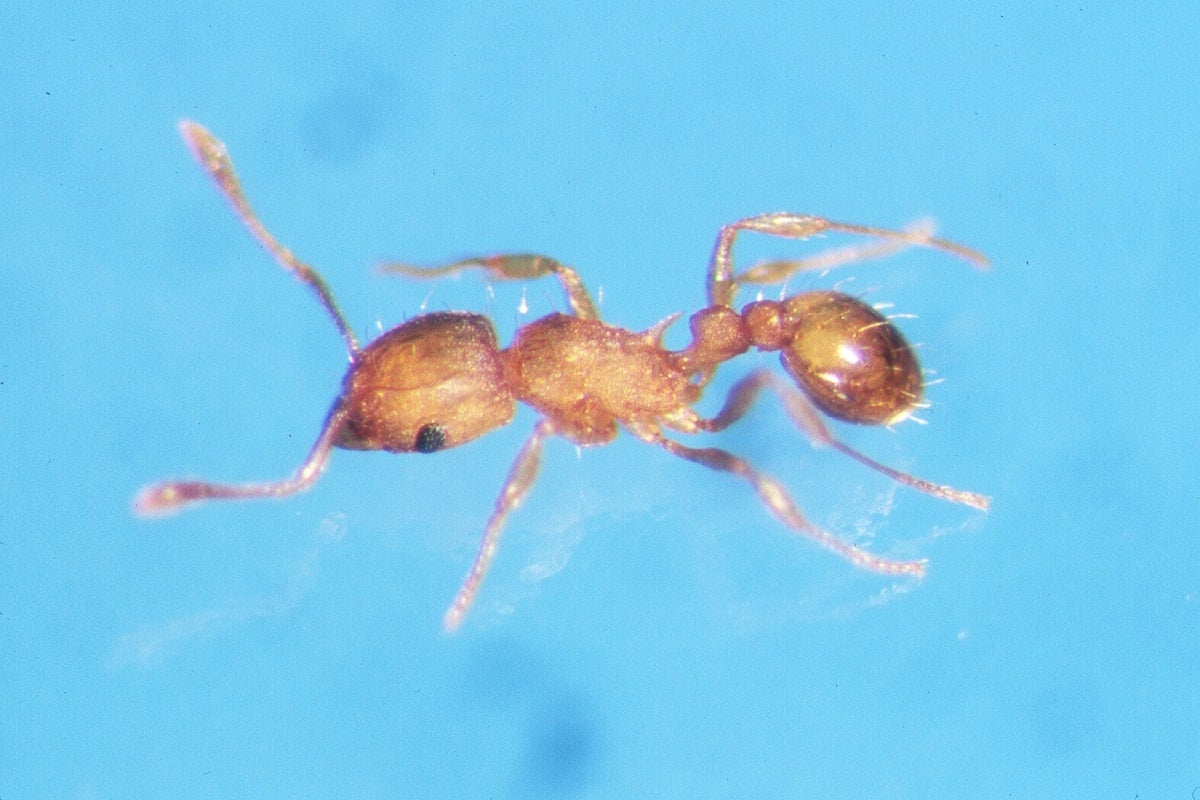
Officials in Hawaii’s Kauai are reportedly warning the public of the island’s largest infestation to date of fire ants that can “rain down on people and sting them.”
These little fire ants (LFA) – the size of a sesame seed – are native to Central and South America, and are among the world’s worst invasive species.
Officials say they are changing the way of life of residents in Hawaii, according to SFGate, a local news website.
Experts have warned that in some of the heavily infested areas, the ants can move into peoples homes and sting them when they are asleep with marks from the bites lasting “for weeks.”
“You used to be able to go out hiking and go to the beach. They can rain down on people and sting them,” Hawaii Ant Lab’s Heather Forester told SFGate.
While these ants were first discovered on the Hawaiian islands more than two decades ago, the latest infestation is reportedly the largest residents there have ever seen.
The Kauai Invasive Species Committee says the latest infestation is the worst, covering at least 13 acres.
So far the ants have reportedly been spotted colonising parts of valley near the Wailua River which can provide the ants the potential to float downriver and occupy other parts of the island.
Officials have urged residents to check their backyards and help further estimate the range of infestation.
To help residents, some organisations, including the Kauai Invasive Species Committee (KISC) are also rolling out testing kits to detect the invasive ants before they take over more houses.
Once residents can help estimate the places where infestation has occurred, officials can step in to bait the ants with poisonous food that they can take back to their colonies.
“Hawai‘i has no native ants and has prioritized the detection of new, harmful ant species, and the management of particularly harmful ant species including LFA,” an official statement from the Hawaii governor’s office noted last month.
“LFA can produce painful stings and large red welts and may cause blindness in pets. They can build up very large colonies on the ground, in trees and other vegetation, and inside buildings and homes and completely overrun a property,” it warned.







